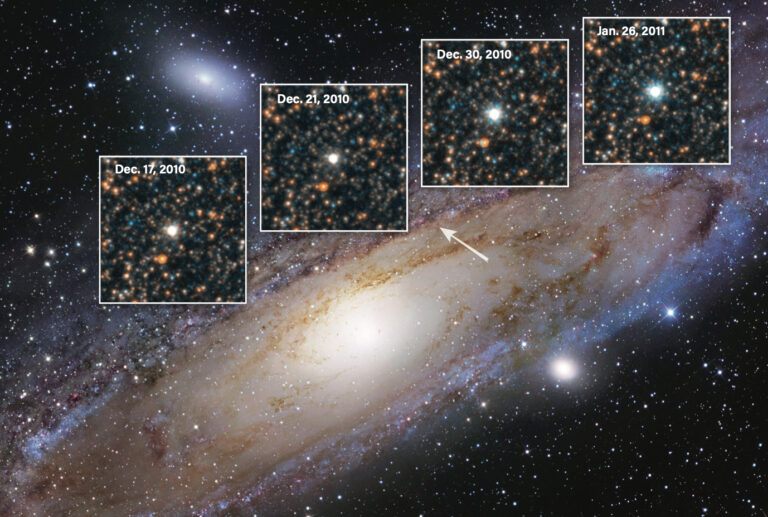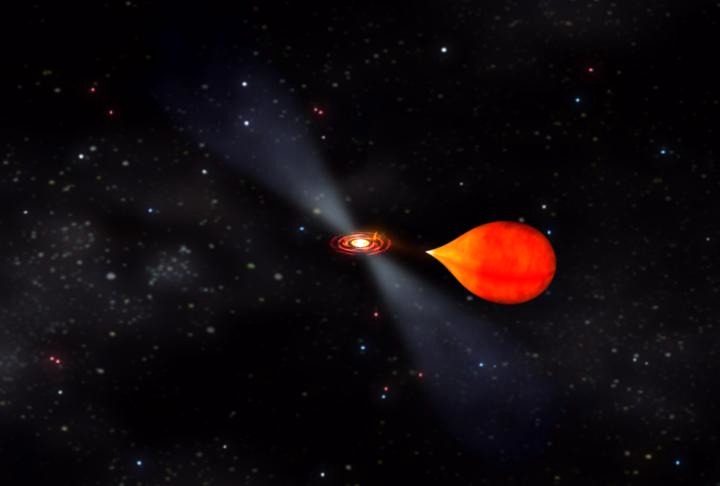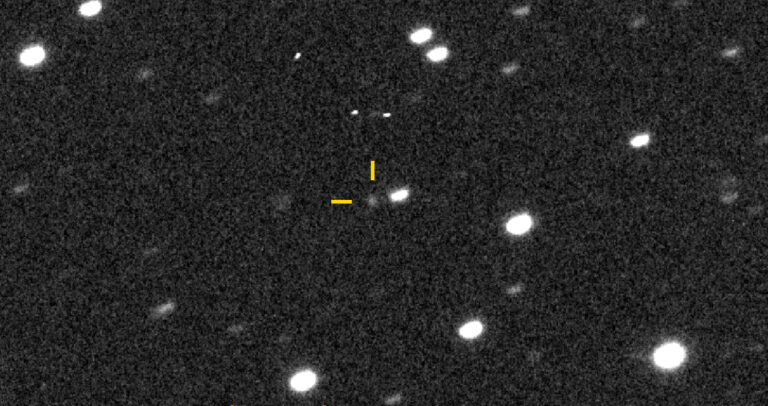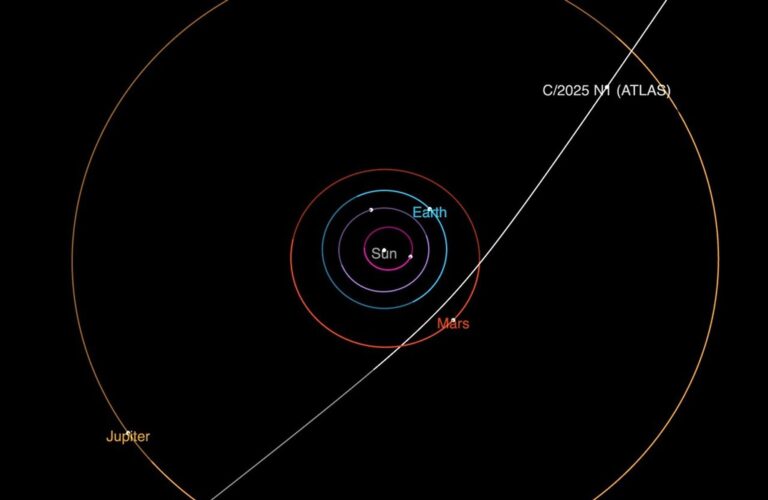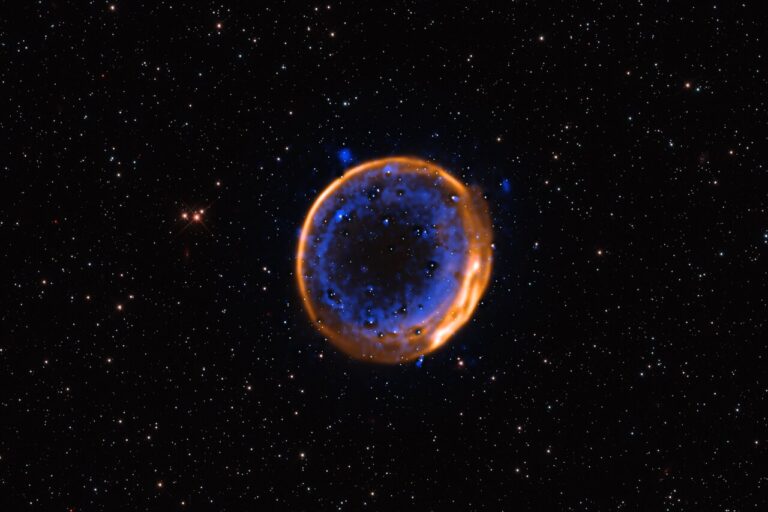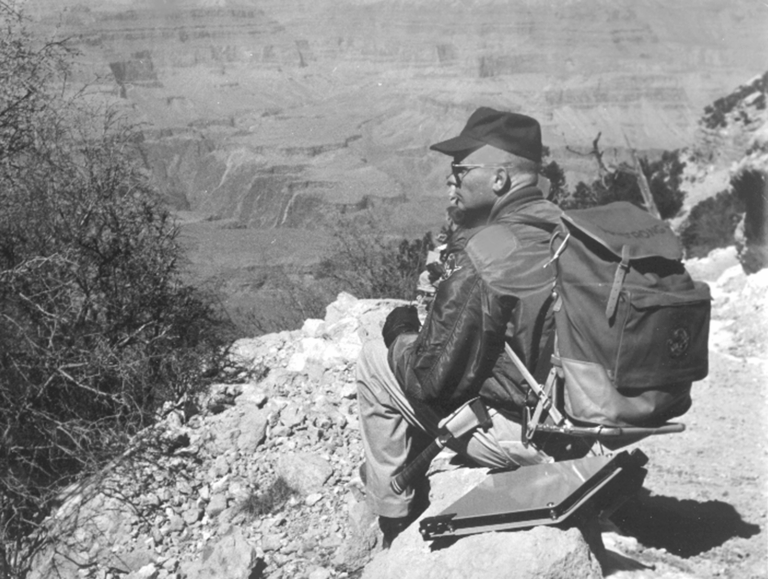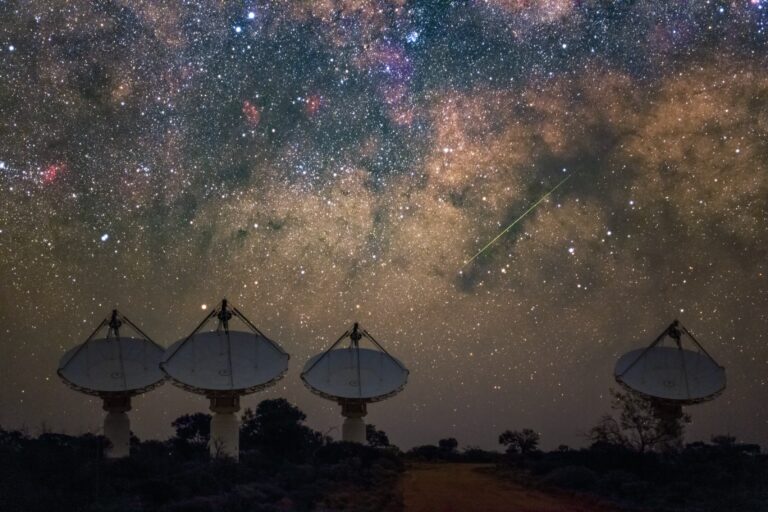Key Takeaways:
Eight years ago, this page explored celestial “interiors.” Now let’s go further, to the sole unique location possessed by every globe: the center. We’ll focus on the most important spheres in our lives.
Start here at home. The topic first arose when we realized our planet is a ball. This wasn’t much of a leap since the Moon and the Sun are spheres; why not us too? By the fifth century b.c., our true ball shape was widely accepted in Greece. Almost immediately, Earth’s center became popularly regarded as the location of the underworld. After all, as one ventured deeper underground, temperatures rose. It didn’t seem pleasant down there. Oozing lava was red-hot, lending more weight to the “scorching interior” idea.
Today we know that as you head downward in mines, temperatures increase by 1° Fahrenheit per 70 feet of depth (or 1° Celsius per 40 meters of depth). This quickly adds up, making deep mines stifling. This heat eventually trickles to the surface and radiates into space.
Just as each of us humans emits as much energy as a 100-watt light bulb, our planet continuously gives off 44 trillion watts. Our world’s interior would keep getting cooler from all this escaping warmth, but it doesn’t, which means the heat is somehow replenished. Geologists believe that the radioactive decay of deep-interior substances like uranium provides most of the replacement heat. Our planet is a nuclear waste repository. At its center, the temperature matches that of the Sun’s surface!
And our planet’s exact middle, the spot with no gravity? We used to think Earth’s inner core is liquid, like having a creamy nougat center. But it’s solid. It’s a sturdy nickel-iron alloy sprinkled with enough gold and platinum to pave the entire planet’s surface 1.5 feet (0.45 meter) deep, if we could drag it up.
So at Earth’s center lurks this small solid metal ball about the size of Pluto. It spins faster than the rest of our planet. Earth has a strange little second world whirling inside it.
THE HEART OF THE SUN IS AS BLACK AS COAL.
But for true strangeness, you can’t beat the Sun. Ever wonder why its brilliant visible surface is so sharply defined? It’s because sunlight escapes from just a thin veneer a mere 300 miles (500km) deep. It’s like a ball covered with brightly glowing paint. That energy originates far below in a relatively tiny sphere that controls our fate. This nuclear furnace constitutes only the innermost 1 percent of the Sun’s volume. Yet there the energy equals 96 billion hydrogen bombs exploding each second.
The process is accelerating. The Sun gives off 10 percent more light and heat after each billion years, so it’s getting brighter all the time. In a mere billion years, it will be so luminous that all life on Earth will perish.
At the Sun’s exact center, according to British solar researcher Lucie Green, everything is as dark as a windowless basement. The heart of the Sun is as black as coal.
That’s because at these immense pressures and temperatures — a nearly meaningless 27 million degrees F (15 million degrees C) — the fusion output is gamma rays spiced up with some X-rays. But no visible light. Or at least not enough to penetrate its dense material to your uncomfortable eyeballs in this make-believe scenario. As those violent photons squirm outward, they’re absorbed and re-radiated at ever-longer wavelengths, finally emerging at the thin photosphere as a comfy 50-50 mix of infrared (heat) and visible light. The Sun’s peak emission perfectly matches a green traffic light.
You want stranger still? Then leave the neighborhood and ponder the Crab Nebula’s pulsar.
Its ultra-denseness equals six aircraft carriers crushed into a single apple seed — a half-million-ton seed. This hyper-compressed matter fills a ball slightly smaller than Los Angeles, insanely spinning 30 times a second. Yet despite its extreme packed-together nature, super-slippery layers effortlessly glide past others with no resistance beneath its surface. No friction.
Deeper still, at the exact center, our science fails. The place is an enigma. This spot is only slightly more mysterious than the “center of the universe,” whose location appears to be your brain, away from which all galaxy clusters rush radially like expanding fireworks.
The cores of the cosmos: Eternally hidden from sight, they challenge us with delicious mystery.
Contact me about my strange universe by visiting http://skymanbob.com.



